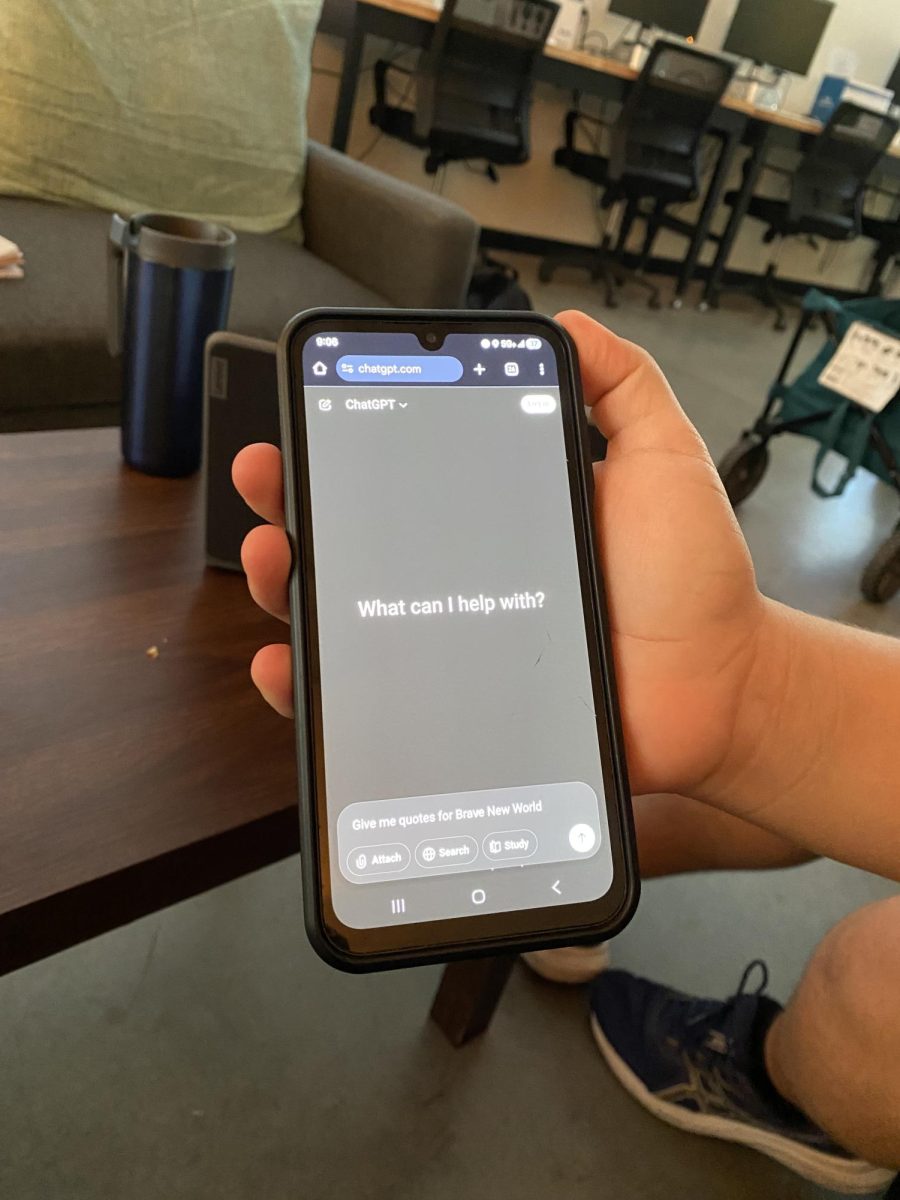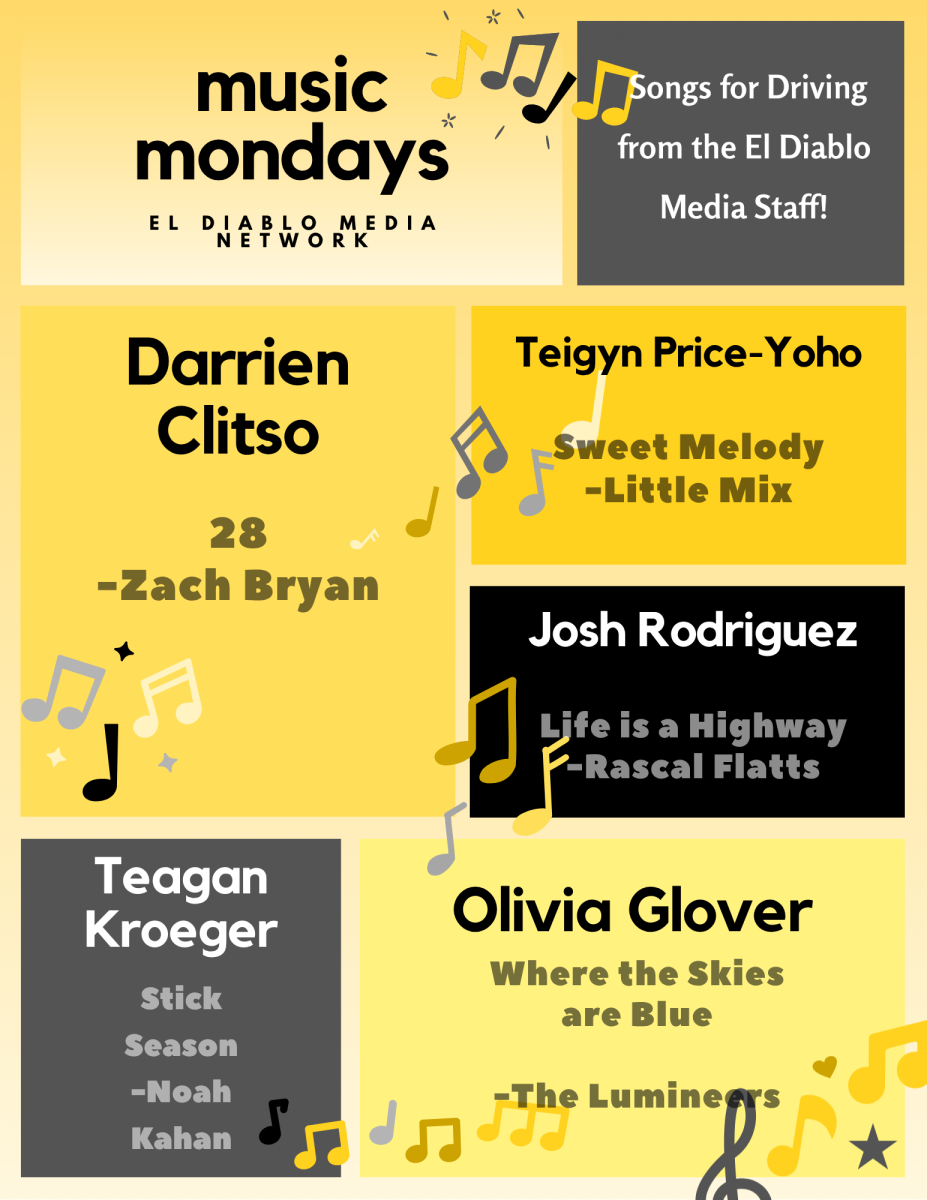One year ago, Minga was just an idea discussed at DHS—an app designed to serve as students’ ID, bathroom pass, and payment method for homecoming tickets and other school events. While many teachers and students have mixed feelings about implementing this app, the question still stands, has the perception of Minga changed over the past year?
Jonathan Hoerl, the principal of DHS, offers a unique perspective on Minga. He believes the app provides numerous benefits. For example, it reduces the hassle of tracking old metal hall passes after getting lost, promoting sanitation by eliminating their use, and being able to track how long students have been out of the class and how many students will be out at a time. Despite the initial negative reception because the app implements a completely different system than our old hall pass system, Mr. Hoerl sees Minga as an overall positive addition to DHS.
While not directly linked to Minga, Mr. Hoerl noted, “We have about 450 fewer D’s and F’s this year compared to the same time last year.” This suggests that Minga might contribute to some potential academic improvements by encouraging students to limit their time spent out of class by putting a set time limit on the pass.
Erik Skaggs, a Biology and AP Biology teacher at DHS, feels that Minga enhances accountability, especially for students who might intentionally skip class. The app includes a system for tracking hallway passes, allowing the administration to monitor where students are coming from, their purpose for being outside of class, and how long they have been out.
Mr. Skaggs noted that initially, Minga seemed like a bigger deal than it was. Although the app faced some backlash when it was first introduced, most students and staff have since adapted to it.
The opinions of teachers and principals on Minga differ greatly from those of students at DHS. Ben Siebel, a junior at DHS, acknowledges that while some aspects of Minga are useful, its overall impact on students at DHS is limited. He believes the app does make life easier; for instance, if students forget their ID, they can simply display it on Minga. But he also says that it can be a hassle for the teacher to approve a pass when they are in the middle of teaching class.
Although having its benefits to DHS as a whole, Minga still has its downsides. Mikeal Hofeman a junior at DHS describes the process of creating a hall pass stating that it can be difficult in a learning environment interrupting the classroom and making it harder for the teacher to approve the hall pass and continue in their lesson. Hofeman added “It is really hard to sign up instead of grabbing the pass and going. ”Hofeman believes that Minga has its benefits, but also has some major drawbacks compared to the hall pass system beforehand.
Minga has been an adventure by itself over this past year for administrators, teachers, and students alike. But over time, it has become a part of DHS’s accounting system for students’ whereabouts. While opinions vary, one thing is clear: Minga is here to stay, for better or worse, as the school stated after shutting down a petition to get rid of Minga last year.















